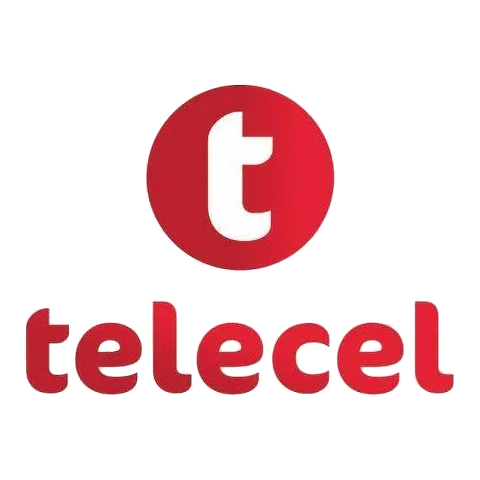Telecel Zimbabwe, a prominent mobile telecommunications network service provider, began its operations in 1998. It was initially formed as a partnership between Telecel International, a subsidiary of Cairo-based Orascom Telecom Company, and the Empowerment Corporation, a consortium of Zimbabwean business organisations. Over the years, the company underwent changes in ownership, with ZARNet, a government entity, acquiring a 60% shareholding. This acquisition was part of the government's strategy to increase its stake in the telecommunications sector. Telecel Zimbabwe is headquartered in Harare and is recognised as the third-largest mobile telecommunications network service provider in the country.

3G Network
The company announced plans to launch its Third Generation (3G) mobile phone system in July 2010, following successful tests conducted since February of that year. The commercial launch ocurred in 2011 initially serving 50,000 subscribers, making Telecel the second mobile operator in Zimbabwe to introduce 3G services, following Econet Wireless. By 2016, Telecel had significantly expanded its 3G network, upgrading 203 data sites and adding 44 new 3G sites, primarily in urban areas. This expansion aimed to boost internet connection speeds and availability, with a total of 337 3G sites anticipated by the end of 2016. The network utilised the UMTS frequency band B1 (2100 MHz), which is widely used for 3G services.
3G Frequency Bands
| Network Frequency Band | Status |
|---|---|
|
Active
|
3G Network Events
| Date | Event | Subtype |
|---|---|---|
|
|
Launch of 3G Network
|
Launch
|
4G Network
Telecel Zimbabwe's transition to 4G technology was part of a broader effort to enhance its data services and compete with other local operators. The company participated in spectrum auctions and acquired the necessary spectrum to deploy 4G services. By late 2017, Telecel was actively deploying its 4G network, focusing on urban areas where demand for high-speed internet was growing. The expansion of LTE networks was supported by government efforts and funding from the Universal Service Fund. Despite economic challenges, Telecel continued to invest in network upgrades, ensuring that its services remained competitive. The LTE network expansion was part of a national initiative to improve internet access and provide a 1Mb/s service nationwide by 2030.
4G Frequency Bands
| Network Frequency Band | Status |
|---|---|
|
Active
|
4G Network Events
| Date | Event | Subtype |
|---|---|---|
|
|
Launch of 4G Network (estimated)
|
Launch
|